Search Results for: Vertebrates
Skip to resultsCan’t find what you’re looking for? Visit our FAQ page.
1,539 results for: Vertebrates
-
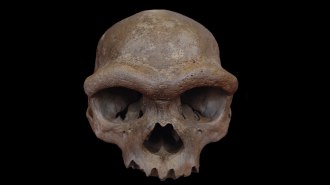 Anthropology
Anthropology‘Dragon Man’ skull may be the first from an enigmatic human cousin
Ancient proteins and DNA may peg a 146,000-year-old Chinese skull as the most complete fossil to date from Denisovans, a puzzling line of Asian hominids.
By Bruce Bower -
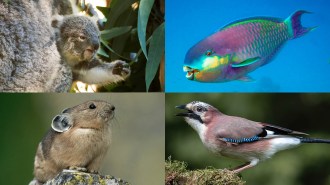 Animals
AnimalsPoop is on the menu for a surprising number of animals
A new tally finds dozens of species giving food a second go-round, from babies boosting their microbiomes to adults seeking easier-to-access nutrition.
By Susan Milius -
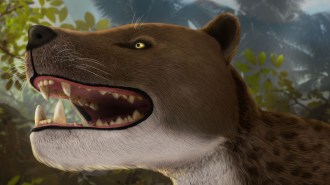 Life
LifeA skull found in Egypt shows this top predator stalked ancient Africa
Archaeologists uncovered a fossilized skull of an ancient sharp-toothed predator that likely hunted early elephants and primates.
-
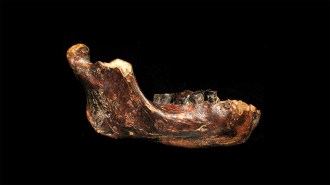 Anthropology
AnthropologyDenisovans inhabited Taiwan, new fossil evidence suggests
An expanding geographic range for these close Neandertal relatives leaves Denisovans' evolutionary status uncertain.
By Bruce Bower -
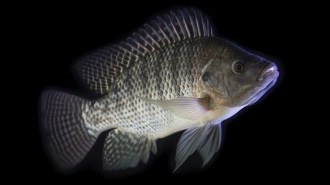 Animals
AnimalsFever’s link with a key kind of immunity is surprisingly ancient
When sick, Nile tilapia seek warmer water. That behavioral fever triggers a specialized immune response, hinting the connection evolved long ago.
-
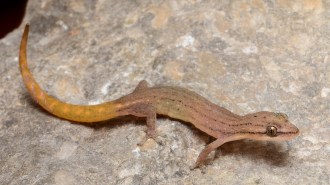 Animals
AnimalsMore new geckos have been found hiding in Southeast Asia’s limestone towers
Nearly 200 new gecko species found in living in karst landscapes reveal the rugged regions as dynamic areas of speciation.
-
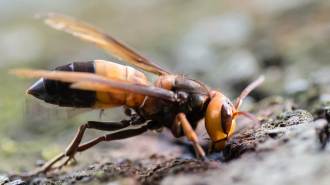 Animals
AnimalsGiant hornets have been sighted in Europe for the first time
Four southern giant hornets have turned up in Spain. Similar stingers, known for honeybee attacks, had the Pacific Northwest on edge a few years ago.
By Jake Buehler -
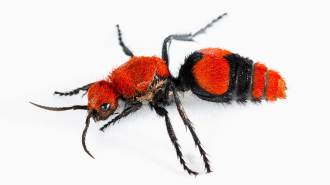 Animals
AnimalsVelvet ants have the Swiss Army knife of venoms
A velvet ant bite like “hot oil from the deep fryer” delivers an array of peptides that inflicts pain on insects and mammals alike.
By Amanda Heidt -
 Life
LifeThese scientific feats set new records in 2024
Noteworthy findings include jumbo black hole jets, an ultrapetite frog, ancient asteroid remnants and more.
-
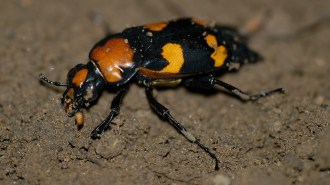 Animals
AnimalsAmerican burying beetles are making a comeback in Nebraska
Thanks to decades of conservation to restore private grasslands, numbers of the threatened insect are on the rise in the Loess Canyons.
-
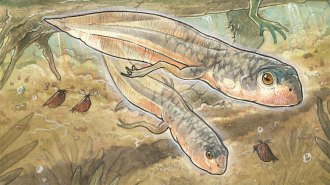 Life
LifeThe oldest known fossil tadpole was a big baby
Fossils of the ancient frog Notobatrachus degiustoi push the known tadpole timeline back more than 30 million years.
By Jake Buehler -
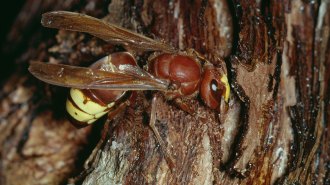 Animals
AnimalsThese hornets may be the alcohol-detox champs of the animal world
Vespa orientalis fed an 80-percent-ethanol brew still did hornet tasks and had normal life spans. This trick may be an adaptation to gut-dwelling yeast.
By Susan Milius